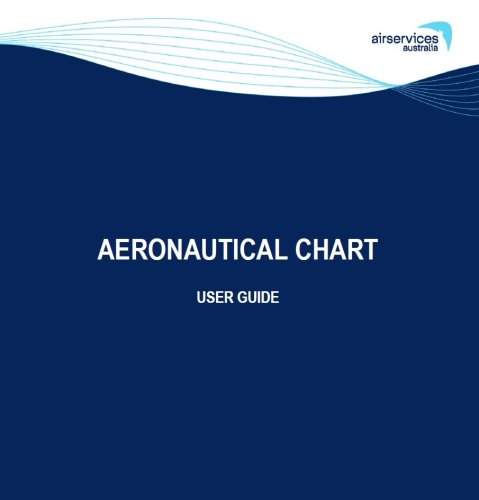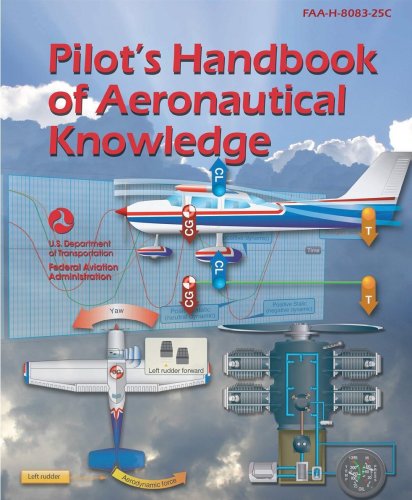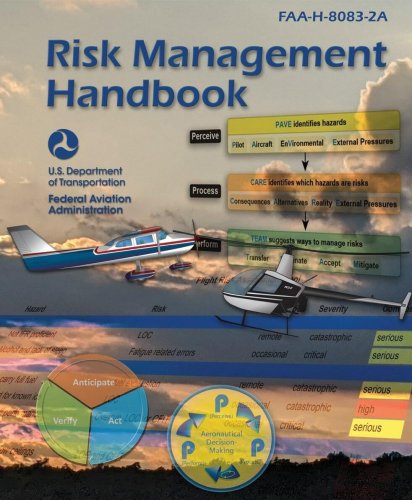Leaderboard
-
in Files
- All areas
- Videos
- Video Comments
- Video Reviews
- Quizzes
- Quiz Comments
- Marker
- Marker Comments
- Books
- Bookshelves Comments
- Bookshelves Reviews
- Bookshelves
- Movies
- Movie Comments
- Movie Reviews
- Aircraft
- Aircraft Comments
- Resources
- Resource Comments
- Tutorials
- Tutorial Comments
- Articles
- Article Comments
- Classifieds
- Classified Comments
- Events
- Event Comments
- Blog Entries
- Blog Comments
- Files
- File Comments
- File Reviews
- Images
- Image Comments
- Albums
- Album Comments
- Topics
- Posts
- Status Updates
- Status Replies
-
All time
-
All time
January 7 2011 - April 4 2025
-
Year
April 4 2024 - April 4 2025
-
Month
March 4 2025 - April 4 2025
-
Week
March 28 2025 - April 4 2025
-
Today
April 4 2025
- Custom Date
-
All time
Popular Content
Showing content with the highest reputation since 07/01/11 in Files
-
2 points
-
Version May2020 v2
51 downloads
Database of ALA's for Australian G3X & Skyview Owners. These files will provide a listing of ALA's and/or Certified airports for EFIS owners in Australia, that will display those airports as User Waypoints on your respective EFIS. To use these files: Dynon SkyView Owners: Download the two Dynon files to a USB stick, rename the files from *.TXT to *.CSV and insert the memory stick into your SkyView display. Press Button 7+8 and select "Load Files" and select the two CSV files for upload. If successful, you should recieve a message "XXX added, XXX removed, XXX changed" or similar. You can then use the Map Settings options to choose at what ranges your new User Waypoints will be displayed on the moving map. An ALA has an Airport Unfilled icon, a Certified/Registered airport has an Airport Filled icon. Garmin G3X Owners: Download the relevant *.GPX file, copy it to a SD card & insert it in your G3X. Navigate to your Waypoint screen and press MENU. From there, you should have an IMPORT softkey available. NOTE: If you already have the Garmin PilotPak do not download the "GarminCERTMay2020v2" GPX file. You will have double-ups of the Certified/Registered airports, only download & install the ALA's.Free2 points -
15 downloads
Important FAA Handbook includes principles of flight, airplanes and engines, performance, weather, navigation, and more. (FAA-H-8083-25C) Providing basic knowledge essential for all pilots, from beginning students through to the advanced certificates, this Federal Aviation Administration (FAA) publication introduces readers to the broad spectrum of knowledge required as they progress through pilot training. Studying this book, pilots gain the required knowledge to earn a certificate and understand aerodynamic theory associated with flight. Written for the pilot preparing for a Remote, Sport, Recreational, Private, Commercial, or Flight Instructor Pilot Certificate, it is a key reference for all the information necessary to operate an aircraft and to pass the FAA Knowledge Exam and Practical Test (checkride). This invaluable learning tool begins with a basic introduction to flying and a history of flight, then explores the role of the FAA, criteria for earning the various pilot certificates, how to select a flight school and instructor, and the tests associated with earning a pilot certificate. Topics covered include aeronautical decision making, aircraft construction, principles of flight, aerodynamics of flight, flight controls, aircraft systems, flight instruments, flight manuals and other documents, weight and balance, aircraft performance, weather theory, aviation weather services, airport operations, airspace, navigation, and aeromedical factors. Appendices provide additional support including acronyms, abbreviations, NOTAM contractions, airport signs and markings, a glossary and index. This 2023 Edition reflects the latest aviation industry procedures, equipment, techniques, regulations, and National Transportation Safety Board (NTSB) recommendations and is a key reference in the FAA Airman Certification Standards (ACS). Changes include updates to drugs and the impact on flight, nontowered airport operations, and attitude indicator pitch and bank limitations. Complete with chapter summaries and illustrated throughout with detailed, full-color drawings and photographs, this handbook functions like an “aviation encyclopedia” to expand pilot knowledge.Free1 point -
5 downloads
This FAA handbook provides tools to help pilots determine and assess each situation for the safest possible flight with the least amount of risk. (FAA-H-8083-2A) This FAA handbook provides tools to help pilots recognize and manage risk and presents definitive practical guidance on how to implement and conduct the “identify, assess, and mitigate” tasks identified in the Airman Certification Standards (ACS). Pilots who practice effective risk management have predetermined personal standards and have formed habit patterns and checklists to incorporate them. This handbook presents methods that pilots of all types of aircraft can use to manage the workloads associated with each phase of flight, resulting in a safer, more enjoyable, and less stressful experience for both themselves and their passengers. In the last 20 years, approximately 85 percent of aviation accidents have been caused by “pilot error,” which can result from focusing primarily on the physical aspects of flying the aircraft. The certificated flight instructor (CFI) who integrates risk management into flight training teaches aspiring pilots how to be more aware of the potential risks in flying, clearly identify those risks, and manage them successfully—building a solid understanding of how to avoid the most common pilot errors and supporting a safety culture in aviation. An important component to airman certification, risk management is applied by identifying, monitoring, and managing potential components that affect risk, thereby allowing the pilot to be better prepared to mitigate risk. This full-color manual covers subjects such as an introduction to risk management, personal minimums, identifying hazards and associated risks, assessing risk, mitigating risk, threat and error management, automation and flight path management, and aeronautical decision-making in flight. Appendices contain additional risk management training and tools, accident case studies, and risk management exercises applicable to small general aviation training aircraft, helicopters, and large turbine-powered aircraft. Helpful tools include chapter-end summaries, glossary, index, and internet resources throughout for additional resources and information.Free1 point -
1 point






